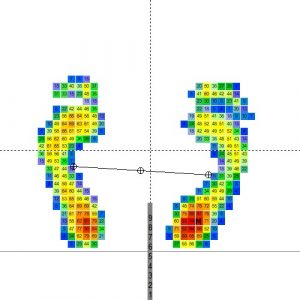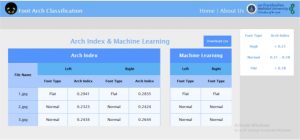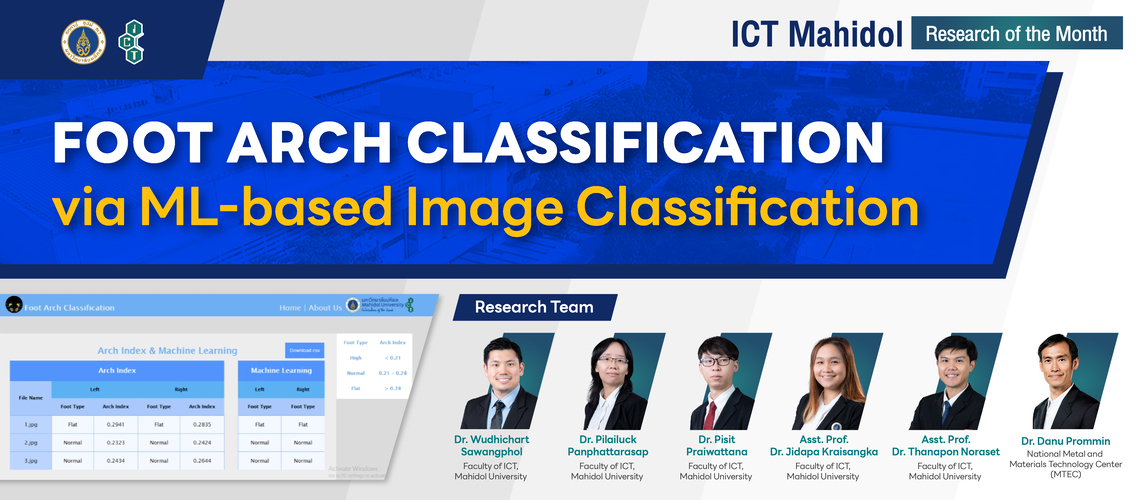Artificial Intelligence (AI) technology has become crucial in improving the quality of life for the current human population. With its diverse and comprehensive learning capabilities across various educational disciplines, AI can develop models that respond to human needs, including a small area like ‘feet.’
Dr. Wudhichart Sawangphol, Assistant Dean for Research and Program Chair of the Master’s Program in Game Technology and Gamification at the Faculty of Information and Communication Technology, Mahidol University (ICT Mahidol), along with his research team, has a strong interest in studying foot classification using AI technology.
“At first, I initially studied this topic. Additionally, I have friends who work at the National Metal and Materials Technology Center (MTEC) and the National Science and Technology Development Agency (NSTDA). They are researching insoles and need to integrate technology to enhance their studies. Driven by curiosity, we delved into the issue, discovering the complexity of the insole creation process, which involves various steps such as foot scanning and manual inspection. I gathered data from them and developed a mathematical model, employing AI to classify foot types,” said Dr. Wudhichart.

This research is just a part of the development of innovative work that aims to assist in foot scanning in the future. Dr. Wudhichart has attempted to create something that can replace the current 3D foot scanning machines, which are expensive. The research starts with the idea of finding a way to determine the type of feet we have. Generally, feet fall into three categories: flat feet, normal feet, and high-arched feet. Therefore, the research titled “Foot Arch Classification via ML-based Image Classification” is a study of human foot characteristics using various machine learning algorithms.
“We have images measuring the foot pressure, which are used to measure the pressure exerted on the feet when we stand on a machine. Once we stand on the machine, it displays the pressure applied by our feet. At this point, there may be errors caused by individuals, as measurements may not be entirely accurate. After obtaining the image, I cropped it to include only the foot and then proceeded to cut off the toes. Finally, the image of the foot remained as a simple round shape with the curvature of the foot.
The next step was to identify features of the image. When determining the type of foot, various indices are used for reference. However, the main one we rely on is the Arch Index, which is calculated by dividing the foot into three areas: the forefoot, midfoot, and hindfoot. After obtaining the features to be used, we applied them to Machine Learning. Various algorithms were used for learning, such as Random Forest, Decision Tree, and XGBoost. After obtaining the best-performing model, which had an accuracy of 95-97 percent, we developed an application specifically for this model. This application can classify foot types by simply uploading a foot image.”


